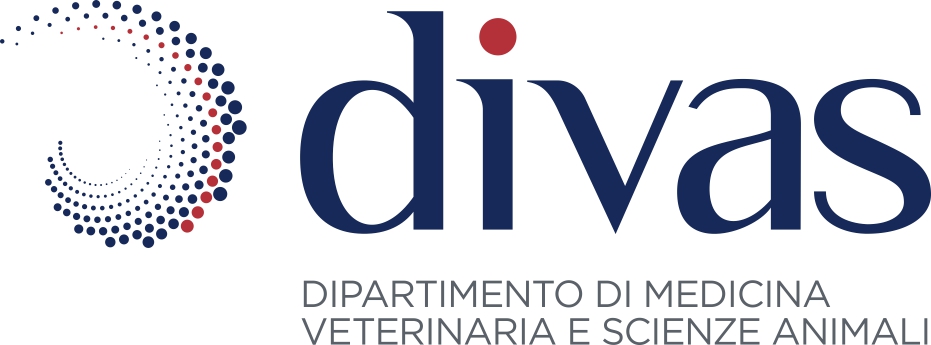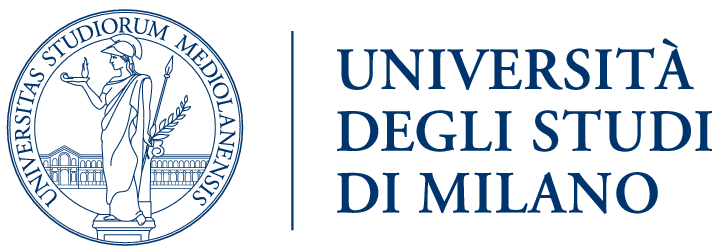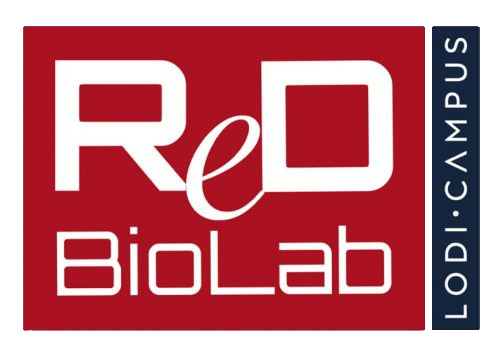PRIN: PROGETTI DI RICERCA DI RILEVANTE INTERESSE NAZIONALE Bando 2022 Prot. Prot. 20227EB74M – Project: The Cumulus Oophorus extracellular MATRIX as a marker of follicular development, oocyte maturation, and embryo quality in human assisted reproduction (CO-MATRIX)
(2023-2025)
Scientific Coordinator: Antonio Inforzato (PI, Humanitas University),
Co-cordinator: Alberto Maria Luciano (Co-PI, University of Milan)
Research team: Valentina Lodde, Federica Franciosi, Gaia Cecilia Luvoni, Magdalena Ladron De Guevara

Project summary – Infertility is increasingly recognized as a sanitary, economic, and social problem, particularly in countries, like Italy, that experience demographic stagnation [1]. Assisted reproduction technologies (ART), including in vitro fertilization (IVF) and intracytoplasmic sperm injection (ICSI), are invaluable tools to treat infertility.
However, ART comes with side effects and risks, the most severe of these being ovarian hyper-stimulation syndrome (OHSS), an iatrogenic complication of gonadotropin administration with cystic enlargement of the ovaries and leakage of ovarian fluid into the abdomen [2]. There is also evidence that high estrogen levels (due to hormonal stimulation in IVF) increase babies’ risk of prematurity and low birth weight. Furthermore, more than one embryo is typically transferred into the uterus, which leads to a higher likelihood of multiple pregnancies and increased health risks to the mother and baby. It is thus timely to identify novel and personalized criteria for hormonal stimulation and embryo selection.
Non-oocyte components of the follicle, including cumulus cells (CCs) surrounding the oocyte in the cumulus oophorous complex (COC), have become the target of intensive research seeking a “window” into the oocyte’s developmental competence [5]. In addition to CCs, the COC extracellular matrix (ECM) is acknowledged as an essential player in ovarian function [6]. Yet, its potential as a marker of oocyte maturation and embryo development has not been explored. Primarily comprised of hyaluronic acid (HA), the cumulus matrix accommodates non-glycosaminoglycan components, including the proteoglycan IαI, the hyaladherin TSG-6, and the long pentraxin PTX3, a glycoprotein of the innate immune system that is synthesized by CCs during ovulation and stabilizes the HA network [7]. Initial evidence from our work points to an association between polymorphisms in the PTX3 gene, matrix concentration of the protein, and crucial aspects of IVF, including oocyte nuclear grading and embryo quality.
Building upon these findings, we hypothesize that HA, TSG-6, IαI, and PTX3, essential cumulus matrix components, can be exploited as markers of oocyte quality and developmental competence in IVF. To challenge this hypothesis, we will: 1) assess if polymorphisms in these genes are associated with oocyte maturation, 2) determine if the matrix concentration of the corresponding products predicts embryo quality, and 3) study their role in a close-to-human bovine model of folliculogenesis. To pursue these objectives, we propose a translational research strategy that integrates clinical (in a human ICSI setting) and preclinical (in a large animal model of COC differentiation) layers of investigation. Our proposal is expected to generate new paradigms in matrix biology and reproductive medicine and deliver original information with translational potential in ART.



